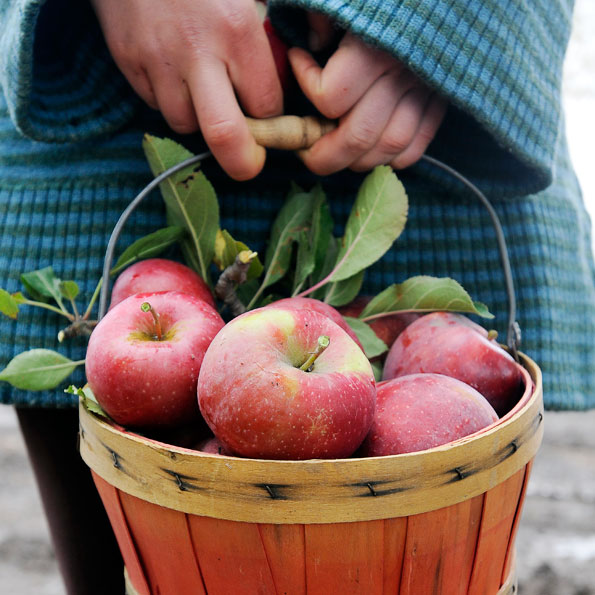6 surprising reasons to go organic
1. You love apples
Or almonds, avocados, blueberries, broccoli, cantaloupe, celery, cherries, citrus, cucumbers, and other foods that depend heavily on bee pollination. Climate change, parasites, and habitat loss are all implicated in the alarming worldwide bee die-off (more than a quarter of all U.S. hives have perished since 1990), but a slew of recent studies finger common conventional pesticides, such as neonicotinoids, as major culprits in colony collapse disorder.
A Harvard University study released in April showed that bees die even when pesticide exposure is very low—less than the exposure from a pesticide-sprayed field, for example, or from the amount found in the high-fructose corn syrup used to feed hives.
